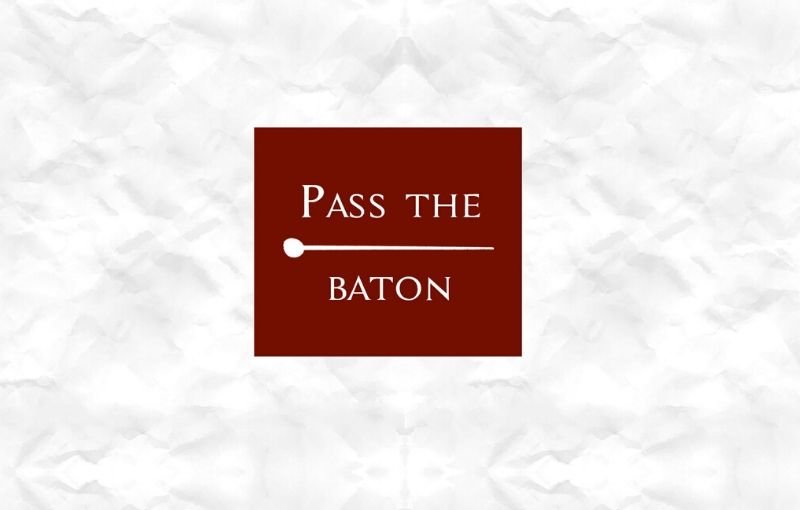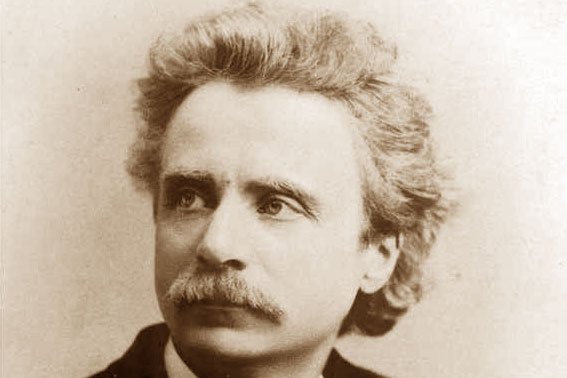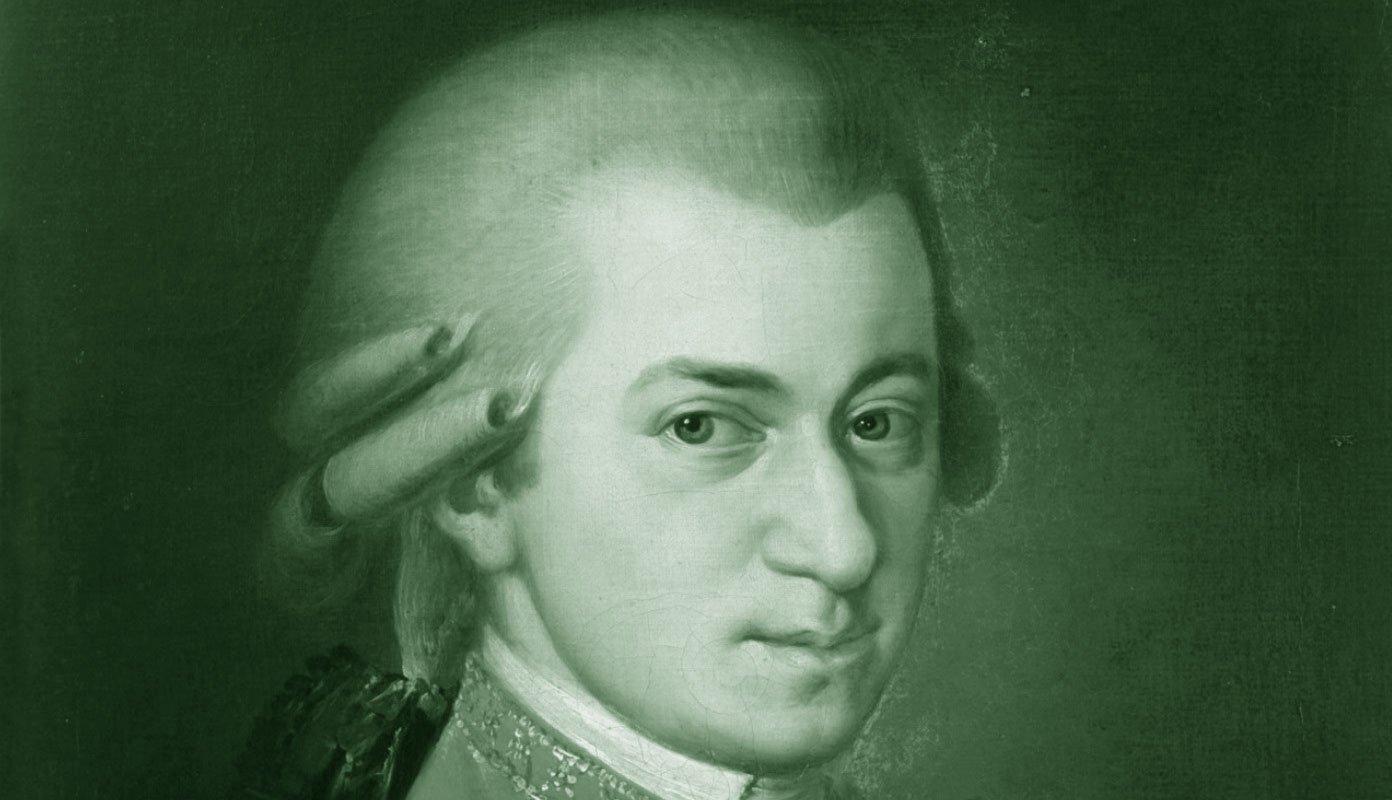Jota
A very popular dance from the north east of Spain, specifically from the province of Aragon, the Jota is one of the most renowned triple meter forms and probably the most famous of De Falla’s Spanish songs.
Traditionally, this folklorist dance is sung and danced accompanied by the castañuelas (castanets) and the interpreters are dressed up in regional costumes. Originally, in Valencia and Cataluña, it was performed at funerals ceremonies.






Here’s the link to Conchita Supervia’s performance.
Lyrics
Dicen que no nos queremos
Porque no nos ven hablar;
A tu corazón y al mio
Se lo pueden preguntar.
Ya me despido de tí,
De tu casa y tu ventana,
Y aunque no quiera tu madre,
Adiós, niña, hasta mañana.
Aunque no quiera tu madre…
They say we do not love each other
Because they do not see us talking;
To your heart and mine
They can ask that question.
And now I bid you farewell,
to your window and your house,
And even if your mother does not want to,
farewell, my dear, until tomorrow
Even if your mother does not want to…
Here you can find all the articles related to the Siete
Conducting Pills
A FREE video series with an analysis of structure, phrasing, and, of course, conducting tips of repertoire works: from Mozart to Brahms, from Beethoven to Debussy. A new episode every week!










Dear Gianmaria,
The relationship with the guitar is really evident, now that you’ve pointed out so clearly. Thank you for this analysis, I can understand this and the other songs much better now!
Thank you!